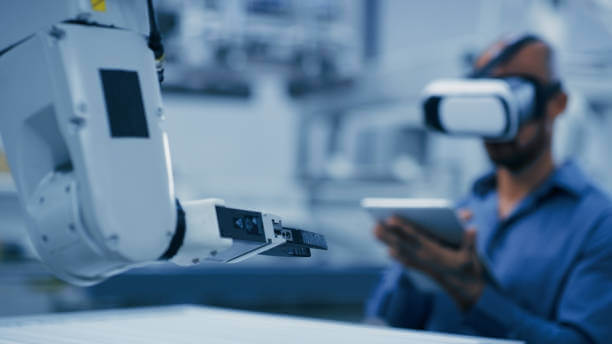The technique of shooting pictures on thin, clear plastic strips, known as film, is known as film photography. The contrast and resolution of a photograph are controlled by the gelatin emulsion coated on one side of the film strip. This emulsion contains tiny silver halide crystals. Analog photography pushes you to shoot more critically and helps you stay focused on the discipline of the craft. With the high-tech New Jersey film lab is always safer for everyone to have film at home. Analog cameras, in contrast to digital cameras, lack sophisticated grid lines and an automatic “auto” mode that takes a well-exposed picture; instead, you have to utilize the camera’s buttons and knobs to make decisions.
Film Photography Work:
Crystals made of silver halide are light-sensitive. The more light they are exposed to, the brighter and less detailed the photograph will be. When taking a photograph, a film camera exposes the film strip to an image that is amplified by the lens for a brief moment. This exposure produces a latent picture by burning an imprint into the emulsion. After being discovered, the latent image can be processed to make a negative, which can then be projected onto photo paper that is sensitive to light to produce a photograph.
Advantages of Film Photography
It is not unusual to come across seasoned photographers who prefer film over digital. This is due to several factors, more engaged, practical possibilities to understand photography fundamentals are provided by analog photography. There are several varieties of analog cameras, and each has adjustable camera settings. The rewards of analog photography are great. Many photographers find the process of loading, shooting, and developing a roll of film to be incredibly fulfilling, especially when working in the darkroom. However, it does require time and equipment. When you view a photo that you took yourself, the lengthy process that went into making it brings back memories and appreciation.
Photographers are inspired to be more deliberate by analog photography. Every shot matters since rolls of 35mm film can only hold so many images. Artistic effects such as light leaks, vignettes, and overexposures can be achieved with analog photography. Even while you can make these with photo editing tools, the accidental effects have a more genuine quality than the purposeful ones. The film needs to be developed in utter darkness. However, while you’re learning the basics, it can be useful to practice with the lights on using cheap film that you don’t mind ruining. There are a number of companies out there to develop film NYC, which is more comfortable for the customer to shoot films. Recall that practice makes perfect when it comes to film photography. Whether you’re just getting started or have aspirations of becoming a professional, photography demands a lot of patience and practice.
Conclusion:
Darkroom film development is more time-consuming and may involve more trial and error than digital editing. Digital editing is a more accurate and speedy editing technique. You can scan your film once it has been developed and make digital reproductions of the pictures. To alter your photos in several areas, such as white balance, exposure, saturation, and sharpening, use editing software such as Adobe Lightroom.




